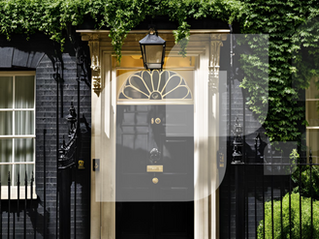
Pre-construction Phase
Construction projects often require substantial environmental surveys and assessments, along with implementing various mitigation strategies as part of the planning process and contractual obligations. One effective approach to ensure awareness and effective mitigation of environmental risks is by involving an Environmental Specialist as early as possible in your project lifecycle.
1
Project documents and satisfaction of conditions
After the project is awarded, our Environmental Specialists will take charge of developing the necessary Environmental Project Management Documents in collaboration with the wider project team. These documents are essential for the developer to fulfil their pre-commencement conditions successfully. Unlike other elements of the consenting process, there is no specific statutory response period for satisfying these conditions, which can introduce uncertainty in the project programme. Getting it right first time matters.
Our team has extensive experience in collaborating with our clients to create documents that strike the right balance between feasibility and robustness, ensuring they meet the requirements set by the consenting bodies and avoiding any delays.
Project Documents include;
-
Construction Environmental Management Plans (CEMP)
-
Pollution Prevention/Silt Management Plans (PPP)
-
Species Protection Plans (SPP)
-
Site Waste Management Plans (SWMP)
-
Noise and Vibration Management Plans (NVMP)
-
Light Management Plans
-
Habitat Management Plans
-
Peat Management Plans
2
Design
Integrating environmental knowledge directly into the design process, greatly enhancing a project’s environmental performance while mitigating risks and constraints related to schedule and cost.
By embedding environmental considerations into the design phase, we can ensure that sustainability and compliance are prioritised from the outset. This proactive approach benefits the environment and leads to more efficient project delivery and reduced environmental impact, aligning with our commitment to responsible and forward-thinking solutions.
3
Consents and licence applications
Influencing design also allows us to identify the most efficient secondary consenting process. Proactive engagement with the consenting body allows us to showcase the information gathered in the design stage, which provides assurance to the relevant regulators that environmental risk is being managed appropriately. Our environmental consultants can coordinate this process to reduce any delays.



